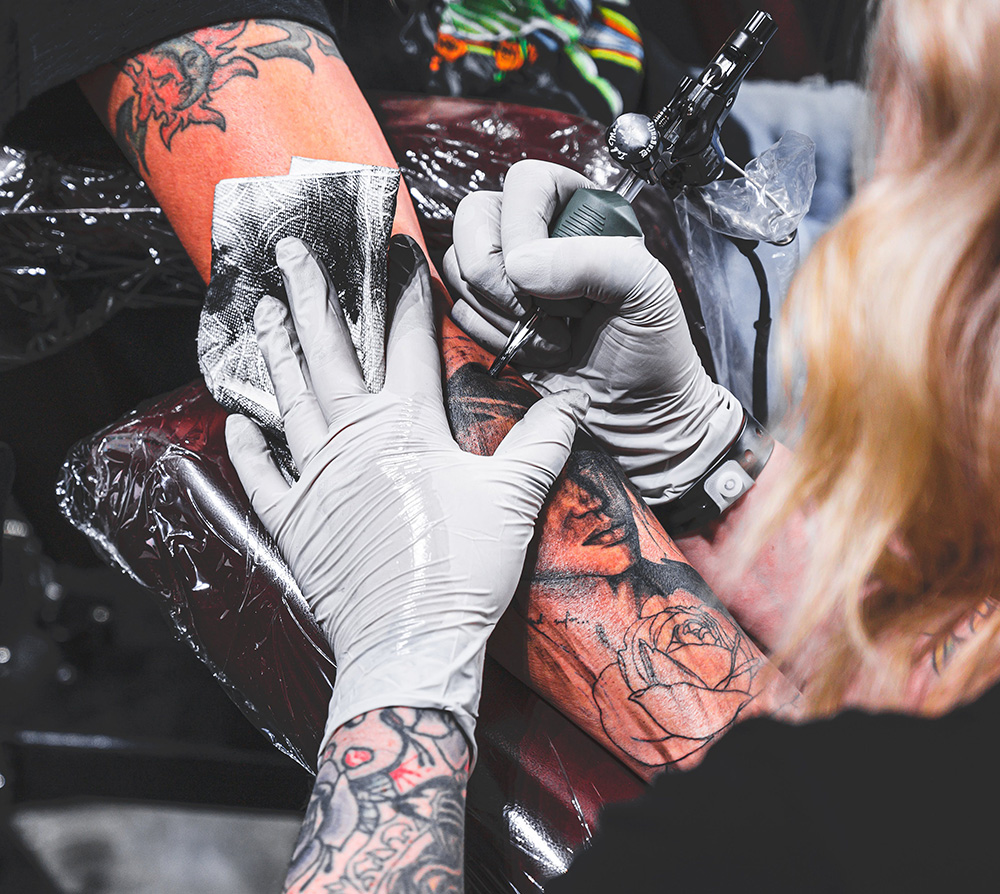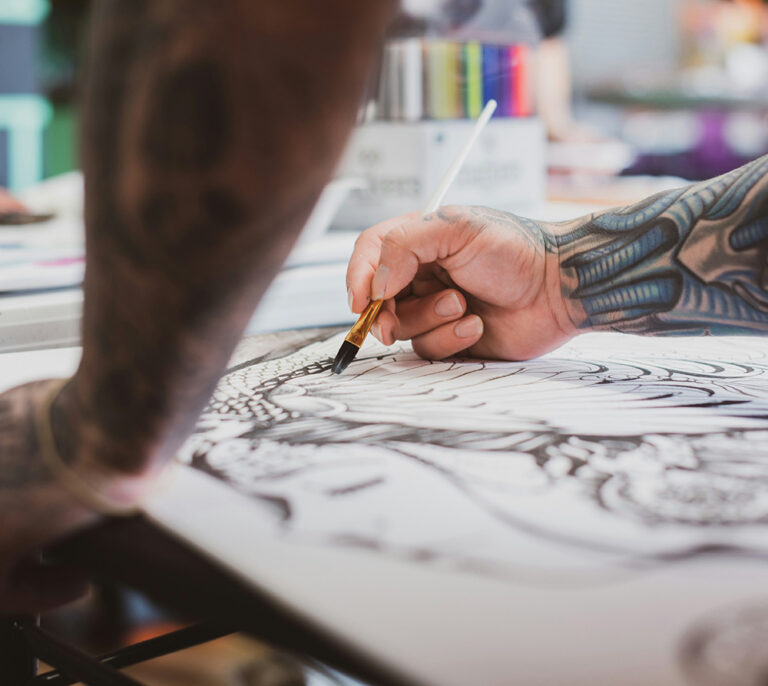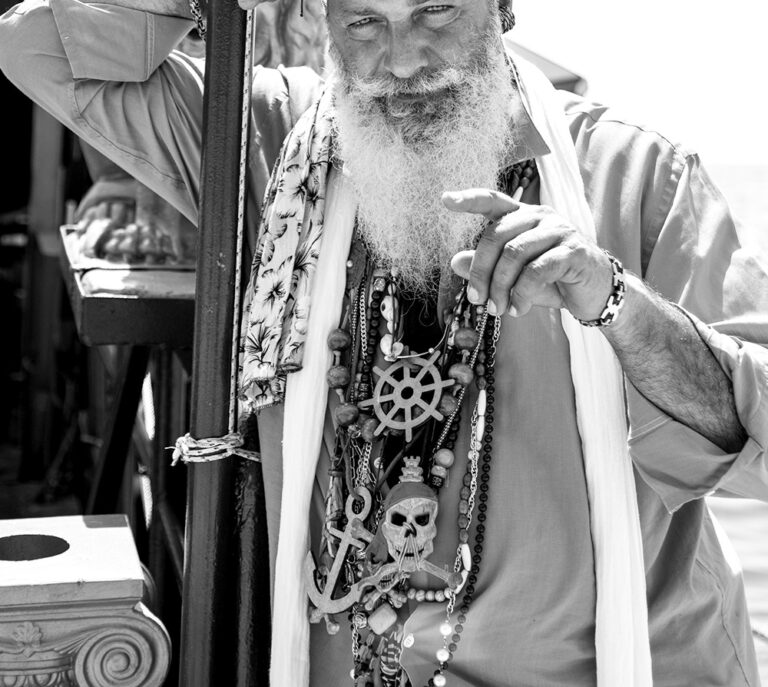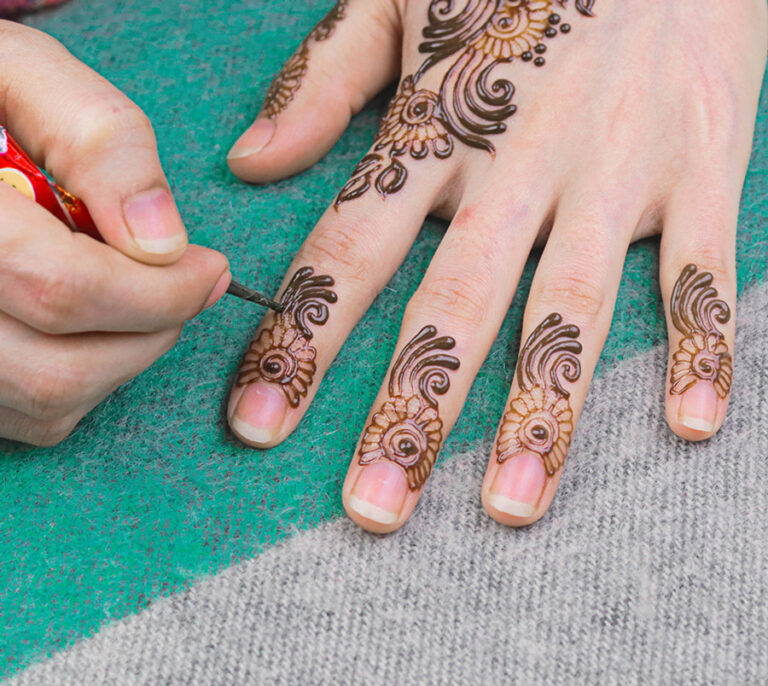Ink on Skin: A Journey Through the History of Tattoos
Ah, the history of tattoo artists is a fascinating journey, like flipping through the pages of an ancient art book inked with tales of culture, tradition, and rebellion. Let's embark on a visual voyage through time as we uncover the captivating story of the history of tattoo artists—a narrative marked by creativity, cultural evolution, and the enduring allure of ink.
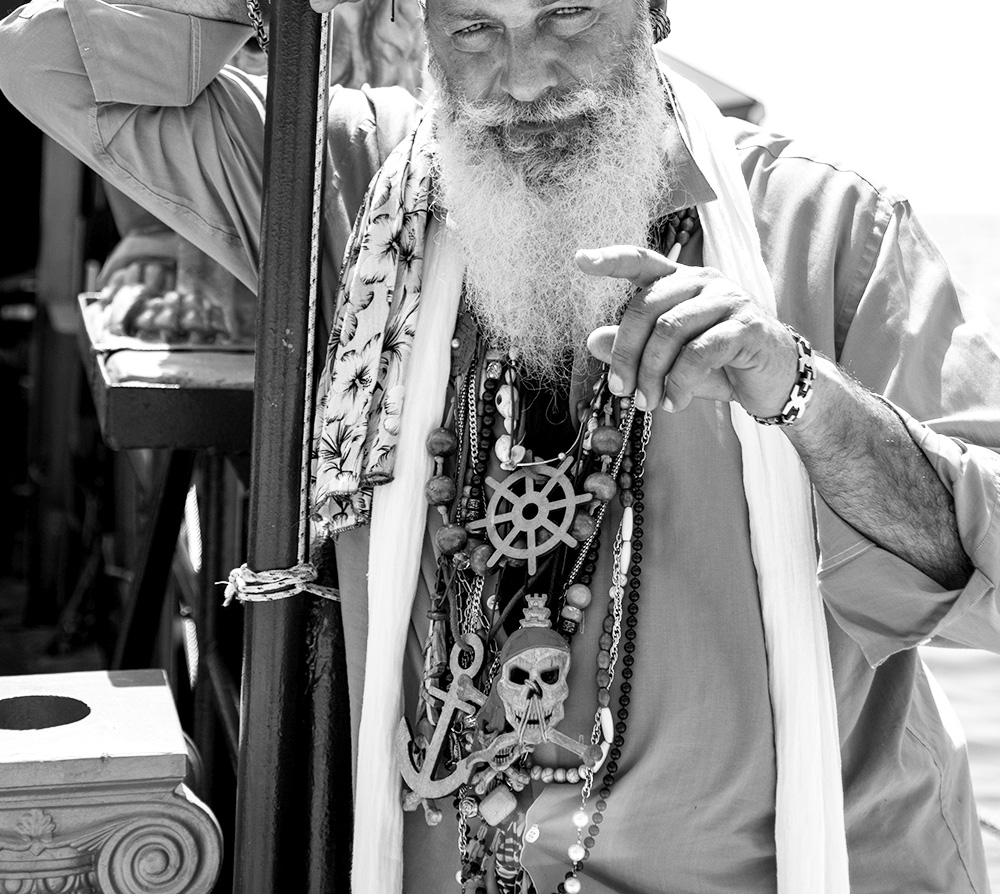
The Early Artisans: Pioneering the Ancient Craft of Tattooing
In the shadows of history, the earliest tattoo artists were akin to skilled artisans, practicing their craft across diverse cultures. From the Polynesian islands to ancient Egypt, these early ink maestros adorned the skin with symbols of identity, spirituality, and societal roles. Their hands, guided by tradition and symbolism, laid the groundwork for a timeless art form.

1. Polynesia: Spiritual Symbols and Rite of Passage
In the expansive archipelago of Polynesia, tattooing was not just a decorative art; it was a sacred tradition woven into the fabric of daily life. Early Polynesian tattoo artists were revered figures, entrusted with the profound responsibility of adorning individuals with symbols that went beyond aesthetics. Tattoos here were a language, a spiritual journey, and a rite of passage into the realms of adulthood and societal significance.
2. Ancient Egypt: Markers of Power and Spirituality
In the majestic land of the Pharaohs, early tattoo artisans etched designs onto the skin that transcended mere decoration. Tattoos in ancient Egypt were symbols of power, protection, and a deep connection to the divine. These skilled artists adorned both men and women with intricate patterns, transforming the body into a canvas that spoke volumes about an individual's status, beliefs, and spiritual inclinations.
3. Asia: From Rituals to Warrior Marks
As we traverse the ancient trade routes of Asia, we encounter early tattoo artisans who practiced their craft as a form of cultural identity and spiritual expression. From the nomadic tribes of Central Asia to the elaborate designs of Japan, tattoos marked individuals as warriors, signifying strength, courage, and allegiance. Each inked motif carried the weight of cultural heritage and a visual narrative of the wearer's journey.
4. Indigenous Tribes: Nature's Embrace
Venturing into the heart of indigenous cultures, early tattoo artisans created designs that were harmoniously entwined with nature. Tribes worldwide, from the Maori of New Zealand to the Ainu of Japan, drew inspiration from the world around them. Tattoos mirrored the patterns of animals, plants, and celestial bodies, creating a symbiotic relationship between the human body and the natural environment.
5. Symbolic Meanings: Beyond Skin-Deep Aesthetics
In these ancient societies, tattoos weren't simply about aesthetics; they were profound expressions of cultural and personal significance. Each symbol, line, or curve carried symbolic meanings—marking transitions, denoting societal roles, or symbolizing a connection to the divine. Early tattoo artisans were interpreters of this symbolic language, weaving stories into the very skin they adorned.
Conclusion: The Legacy of Early Tattoo Artisans
The legacy of the early artisans endures in the intricate designs and symbolic meanings that continue to influence contemporary tattooing. Their artistry laid the groundwork for a global tradition, and their cultural contributions echo through time, creating a bridge between ancient practices and the modern evolution of tattoo art.
As we reflect on the early artisans, we recognize that their hands not only adorned the skin but also sculpted a cultural heritage that transcends generations. The roots of tattooing run deep, and the legacy of these pioneers lives on in the inked stories that continue to be told on the ever-evolving canvas of the human body.
Sailor's Ink
Let's embark on a voyage through the maritime history of tattooing, exploring the fascinating world of "Sailor's Ink" and the unique culture of tattoo artists who left an indelible mark on the high seas. "Sailor's Ink" originated from the unique maritime culture that thrived among sailors during the age of maritime exploration, typically from the 17th to the early 20th centuries. As maritime exploration gained momentum, a unique breed of tattoo artists emerged—the ones who inked the stories of sailors. In ports around the world, these artists created iconic designs ranging from anchors to nautical stars. Sailor tattoo artists became storytellers on the high seas, leaving a lasting imprint on maritime history and popular culture.

Sailor's Ink: Nautical Tattoos and Maritime Traditions
In the bygone era of maritime exploration, the decks of sailing ships became unconventional canvases where sailors adorned themselves with tattoos that told tales of voyages, camaraderie, and life on the open seas. "Sailor's Ink," a distinctive genre of tattooing, not only became a form of self-expression but also served as a visual diary, a badge of honor, and a navigational chart etched onto the skin.
1. Navigating the Seas: Tattoos as Milestones
As sailors embarked on perilous journeys across uncharted waters, tattoos became more than mere body art—they became navigational milestones. Nautical symbols like anchors, stars, and compass roses adorned the bodies of sailors, representing the challenges faced and the distances traveled. Each tattoo was a testament to the sailor's resilience and a source of guidance on the unpredictable seas.
2. Markers of Achievement: Crossing the Equator
One of the most iconic traditions in maritime tattooing was the inking of a Shellback turtle, a symbol representing a sailor who had successfully crossed the equator. Known as Shellback tattoos, these designs marked a rite of passage, signifying that a sailor had ventured to the Southern Hemisphere—an achievement often celebrated with elaborate ceremonies and, of course, a permanent mark on the skin.
3. Protecting the Voyage: Lucky Charms and Amulets
Sailors believed in the protective power of tattoos, turning to inked symbols like swallows to bring them luck and ensure a safe return home. Swallow tattoos, often placed on the chest or hands, were said to guarantee a sailor's safe passage and heralded their triumphant return. Each tattoo carried a superstition and a story, intertwining the mystical with the practical in the sailor's world.
4. Love and Longing: Romance on the High Seas
Amid the vastness of the ocean, sailors often turned to tattoos to express their emotions. Anchor and heart tattoos became poignant symbols of love and longing, with each element carrying a specific meaning. The anchor symbolized stability and home, while the heart conveyed affection. These sentimental tattoos were the sailor's way of carrying a piece of home with them, even in the remotest corners of the world.
5. Brotherhood and Unity: Shipmate Tattoos
Life on a sailing ship forged bonds of brotherhood and camaraderie among sailors. Many chose to commemorate these deep connections with shipmate tattoos. These designs often featured the name of the ship, the years of service, or symbols representing the shared experiences of life at sea. Shipmate tattoos served as a visual reminder of the tight-knit community that sailed together through sunsets and storms.
Conclusion: Sailing into Tattoo Legacy
The legacy of Sailor's Ink lives on in the modern era, influencing contemporary tattoo culture with its distinct symbols and rich traditions. Nautical tattoos, once the exclusive domain of sailors, have become timeless classics, celebrated by ink enthusiasts around the world. Each anchor, swallow, or ship holds within it the echoes of maritime history and the daring spirit of those who sailed under the banner of Sailor's Ink.
As we navigate the currents of time, Sailor's Ink remains an enduring tribute to the sailors who transformed their bodies into living maps of maritime adventures. Their tattoos were not just skin-deep; they were navigational charts, love letters, and badges of honor that continue to inspire the sailors and tattoo artists of today.
Tattooing Takes the Stage
The circus sideshow brought tattooing to a broader audience, turning tattoo artists into performers. In the late 19th and early 20th centuries, individuals like Captain George Costentenus, adorned with intricate tattoos, became attractions. These early showmen helped shape the public's perception of tattooing as a form of entertainment.

The Renaissance
The 20th century witnessed a renaissance in the world of tattooing. Artists like Norman "Sailor Jerry" Collins and Lyle Tuttle brought innovation and artistic flair to the craft. The once-underground art form started gaining mainstream recognition, thanks to the creativity and skill of these tattoo pioneers.

Modern Mavericks
As we navigate the contemporary landscape, a new generation of tattoo artists is leaving an indelible mark. From realism to abstract, watercolor to geometric, the diversity of styles reflects the boundless creativity of modern tattoo artists. Individuals like Kat Von D and Chris Garver have become household names, embodying the fusion of artistry and tattooing.

Tattooing as Fine Art
In a paradigm shift, some tattoo artists have transcended the studio to become recognized fine artists. Galleries now showcase tattoo art as legitimate forms of contemporary art. Artists like Paul Booth and Katinka Ingabogovinanana (known as Katinka Ingabogovinanana) have pioneered this integration of tattooing into the world of fine arts.

Conclusion: The Living Canvas of Tattoo Artistry
The history of tattoo artists is a narrative of passion, innovation, and an unwavering commitment to turning skin into a living canvas. From the ancient traditions of Polynesia to the contemporary studios of today, the art of tattooing has evolved, shaped by the hands of countless artists who dared to leave their mark on the world, one tattoo at a time.
As we celebrate the history of tattoo artists, we honor not only the ink on the skin but the creative minds and skilled hands behind each masterpiece. The legacy of these artists continues to unfold, promising an ever-evolving journey of self-expression and artistry on the living canvas of the human body.
